In the late 1980s, Donald J. Trump, real estate mogul and future U.S. President, set his sights on the skies. While most know him for his hotels, casinos, and controversial political career, his brief foray into the airline industry stands as a unique chapter in both his career and aviation history. Trump Shuttle, a luxury airline venture, was meant to dominate the shuttle service market on the U.S. East Coast. But as quickly as it took off, it found itself grounded by financial turbulence.
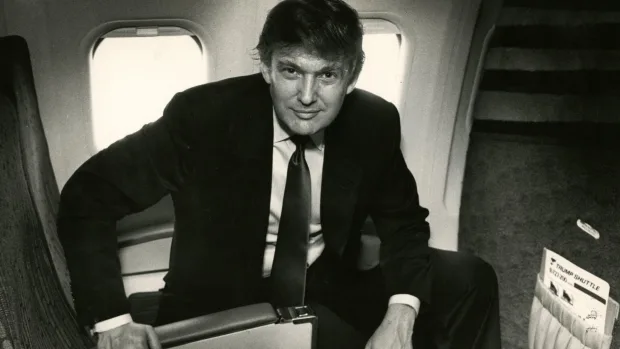
The Origins of Trump Shuttle
In 1989, Donald Trump purchased Eastern Air Shuttle, the ailing airline arm of Eastern Airlines, for $365 million. Eastern Air Shuttle had been a reliable, if modest, service connecting Washington, D.C., New York City, and Boston for over two decades. The concept was simple: offer hourly flights between these major cities, focusing on the busy commuter market of business travelers. However, Eastern Airlines was struggling with debt, labor disputes, and aging planes, providing Trump the opportunity to swoop in and add a shiny new piece to his growing empire.
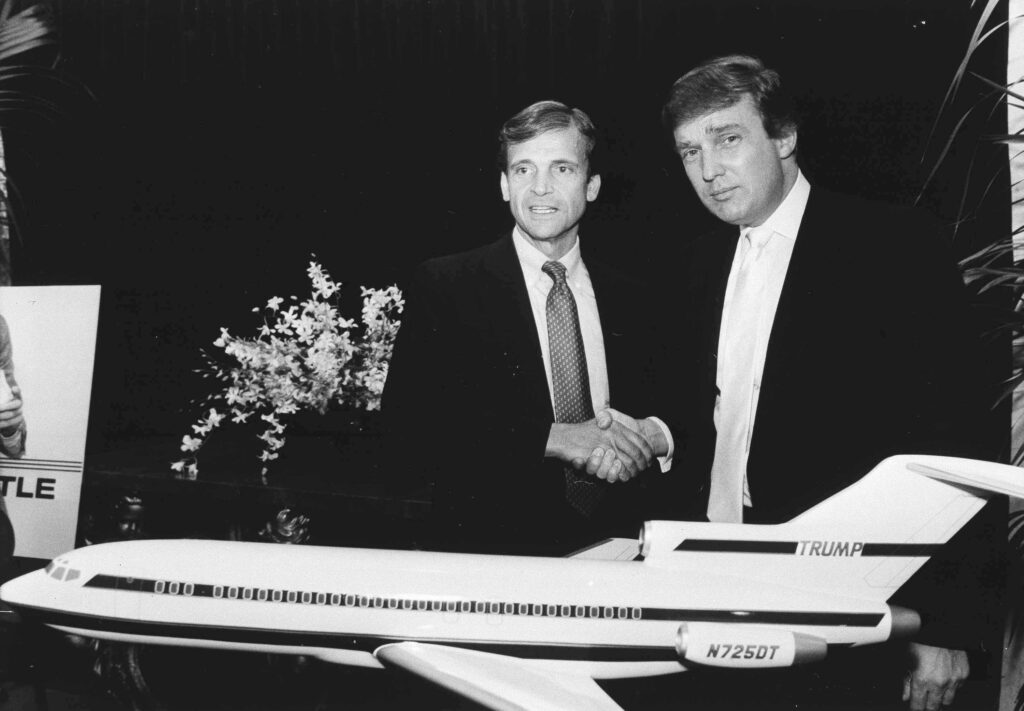
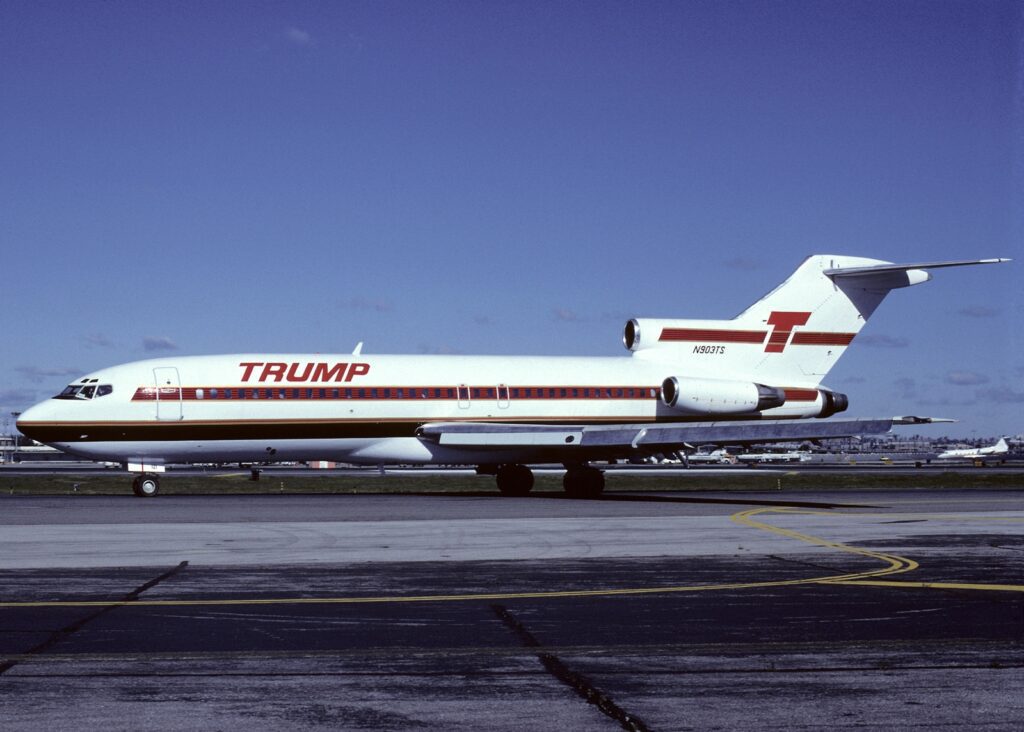
Trump Shuttle was designed to be a premium service from the start. Trump’s vision was clear: take the no-frills air shuttle concept and elevate it with luxurious touches. He invested heavily in modernizing the fleet, replacing old planes with Boeing 727s adorned with high-end finishes. The cabins featured plush leather seating, gold-plated seatbelt buckles, and marble-tiled lavatories—a signature Trump touch. The planes, emblazoned with the iconic Trump name were meant to reflect the businessman’s luxurious brand.
The Challenges in the Air
Despite the glitz and glamour, Trump Shuttle faced significant challenges from the outset. The airline industry in the late 1980s was turbulent, with rising fuel costs, increased competition, and a general slowdown in air travel demand. Trump Shuttle entered a competitive market already dominated by established players like USAir (now American Airlines) and Pan Am’s shuttle service. While Trump’s brand recognition was strong, it wasn’t enough to lure customers from airlines with a proven track record.
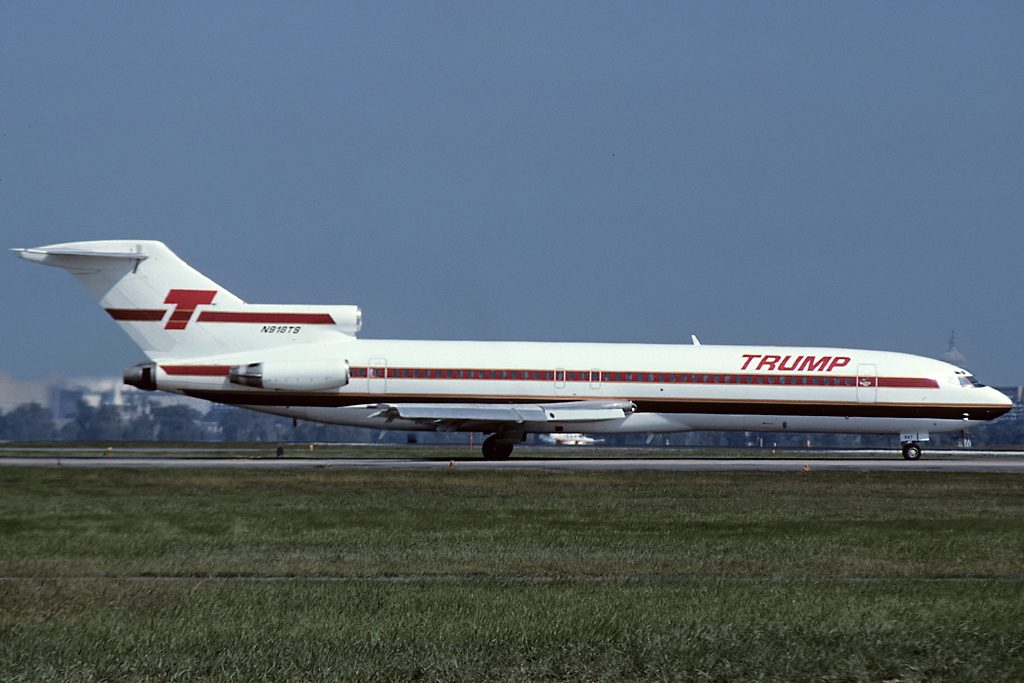
Adding to the struggles was the 1990-1991 economic recession, which hit the airline industry hard. Business travel, the primary target market for Trump Shuttle, dropped significantly. Coupled with Trump’s other ventures experiencing financial difficulties—such as his Atlantic City casinos—the airline became an expensive headache rather than a profitable endeavor.
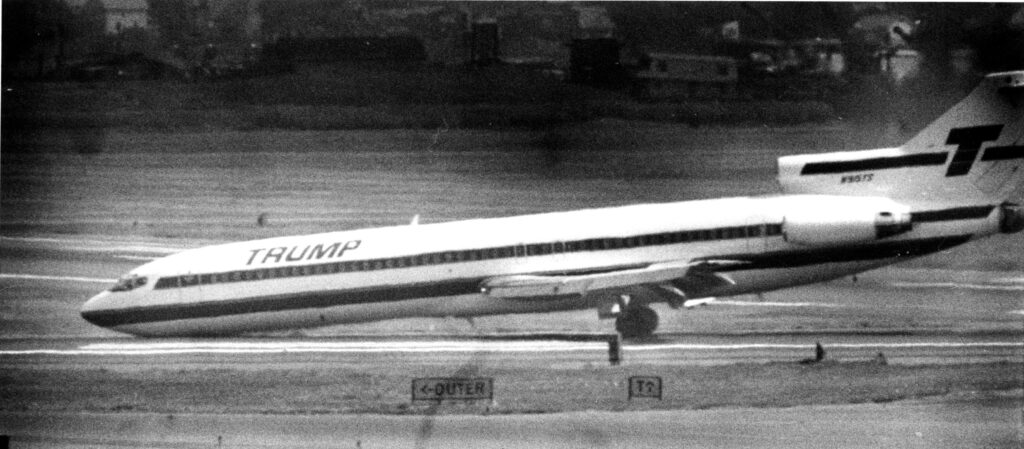
Another blow came from Trump’s ambitious but risky financing strategy. He had taken on a massive amount of debt to acquire the airline, and as his other businesses started to flounder, servicing that debt became impossible. Trump Shuttle quickly became a symbol of overreach, with the financial burden proving too heavy.
The Final Descent
By 1992, just three years after its launch, Trump Shuttle was grounded for good. Unable to turn a profit, Trump relinquished control of the airline to his creditors. The shuttle service was sold to USAir Group, which rebranded it as USAir Shuttle. While Trump Shuttle never achieved its lofty goals, the service routes continued under new management, eventually being absorbed into American Airlines’ shuttle service.
The Legacy of Trump Shuttle
Trump Shuttle is a case study in how branding and luxury touches alone are not enough to ensure success in a challenging industry. Trump’s bold attempt to expand his empire into the skies was hampered by poor timing, financial missteps, and an underestimation of the complexities of the airline business.
While it may not have been a long-term success, Trump Shuttle remains a fascinating chapter in the history of aviation—one that encapsulates the ambitious spirit of the 1980s and the complexities of managing an airline in uncertain economic times. Today, the airline is largely a footnote in Trump’s business ventures, but for a brief moment, it soared among the clouds.









